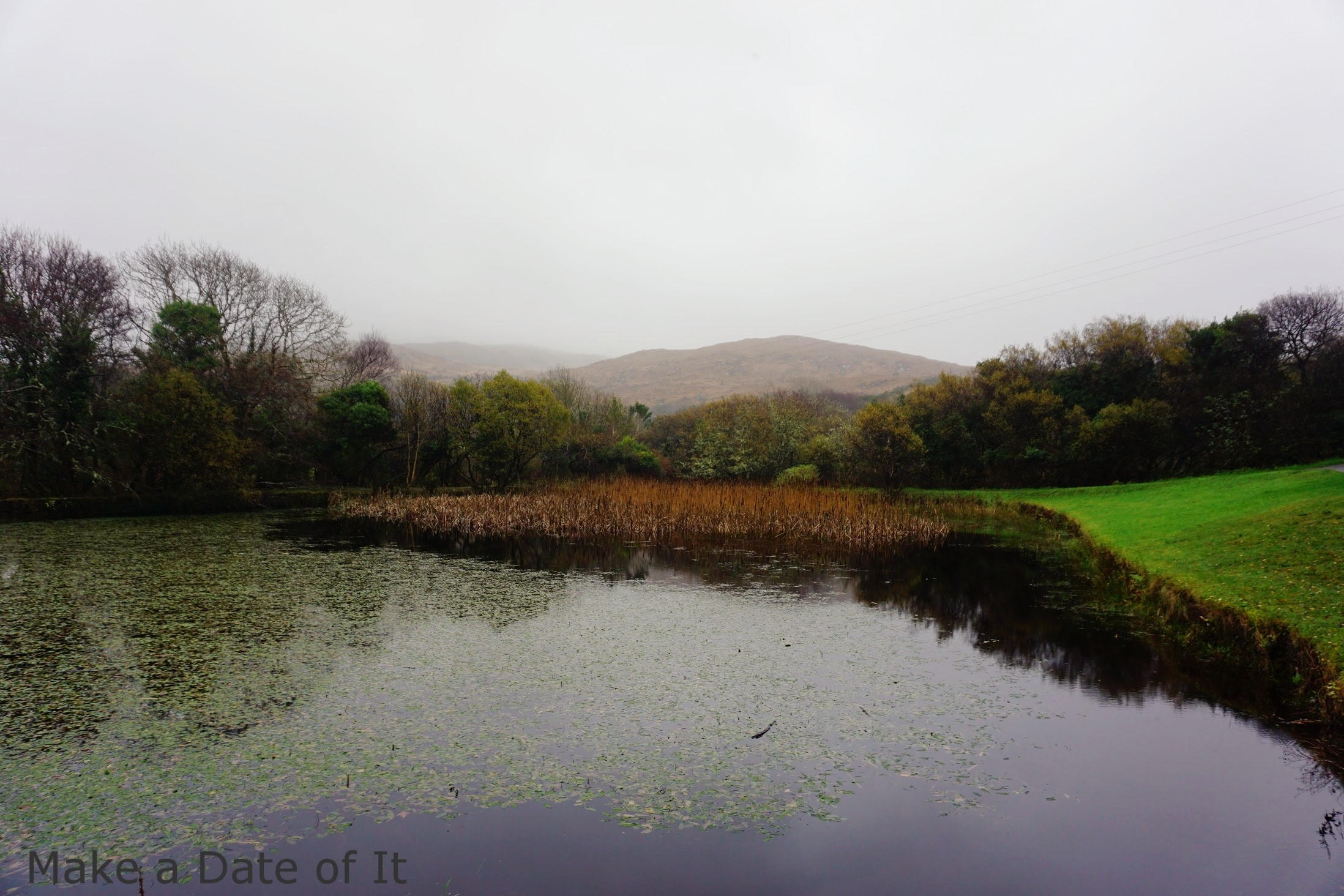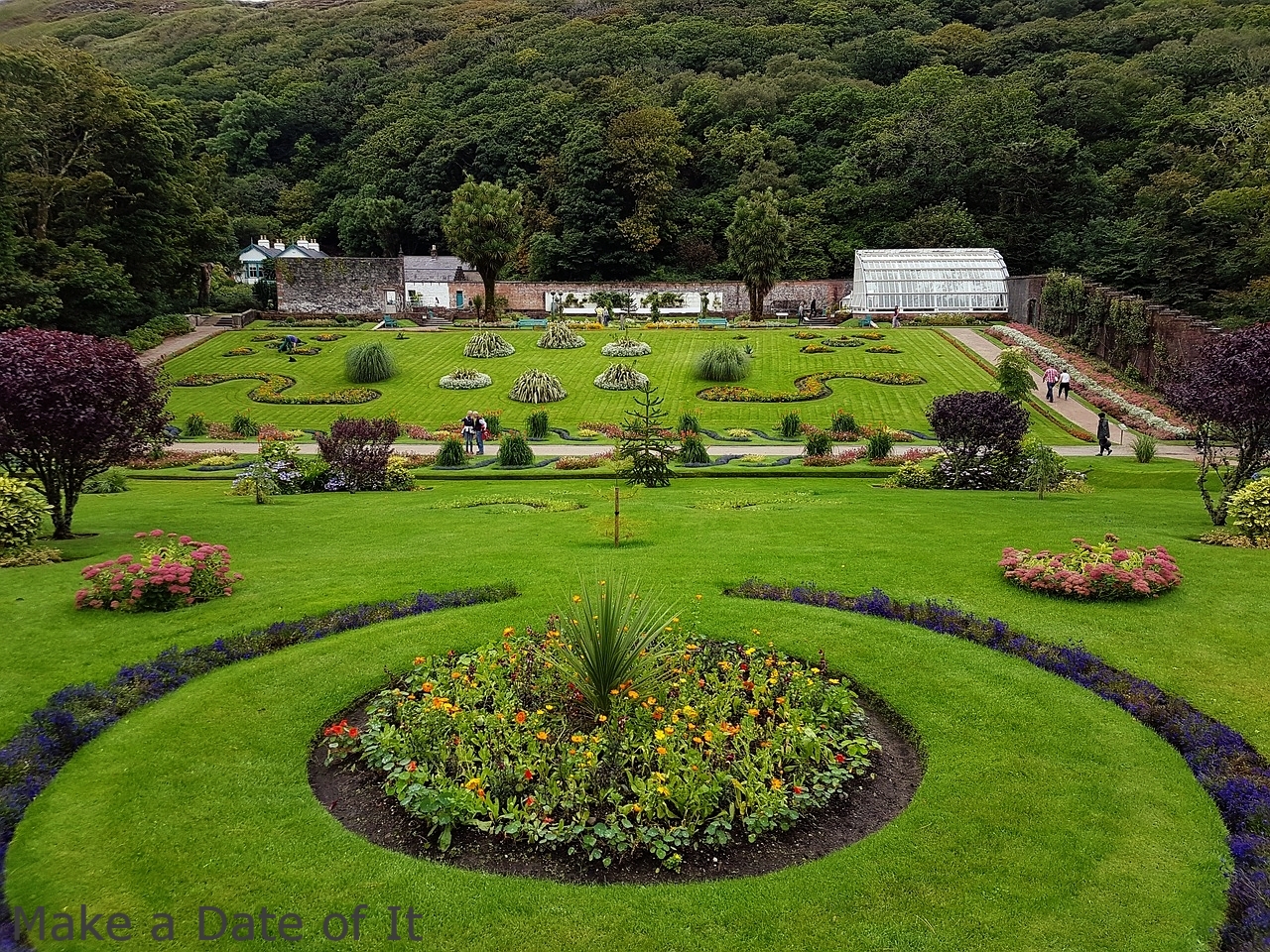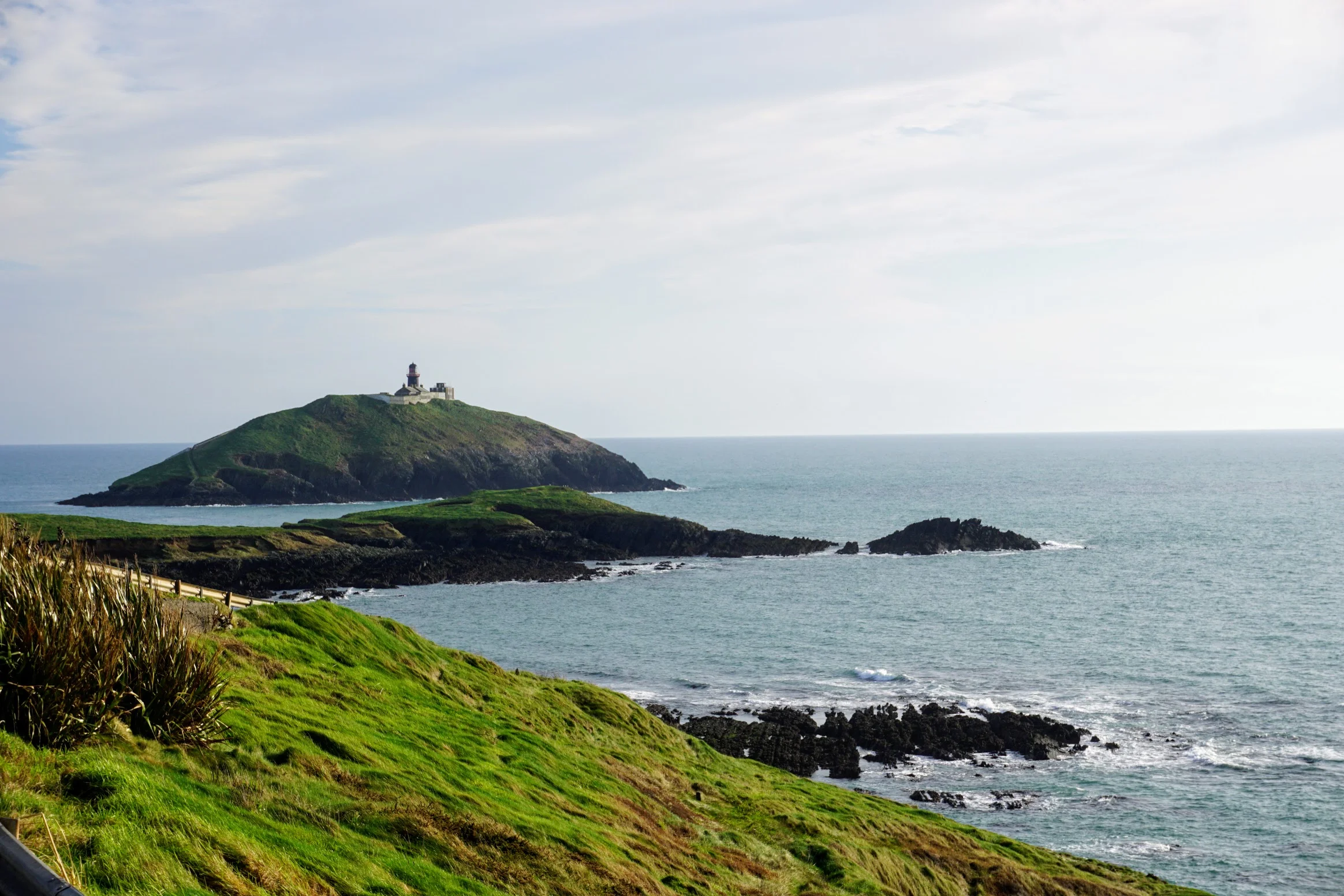5 Great Houses of Ireland Worth Visiting
/Muckross House from the rear. The large windows look over Middle Lake.
While my husband and I were traveling in Ireland last fall, we stumbled upon the attic of an old brewery in Cork. A Seanchaí (pronounced 'shawnakee') told stories there every week, and we happened to come on the right day. A Seanchaí is a traditional Irish storyteller who memorizes stories and shares them with anyone who wants to listen. Some of the stories were old and some were new; some were his own and some were entrusted to him. At one point he shook his head and told us everything changed once they started to build "those big houses".
At first, we didn't understand what he was saying. A lot of what he said was new to us (including the fact that they used to tax people for electric light that came in through their windows from neighboring houses). But as we continued to drive across the Irish countryside, I began to see what he meant. There were huge estates in every area we travelled. So many, you had to pick and choose which ones to see.
Why are there so many great houses?
This, of course, warranted the question: why are there so many great houses? The answer, like the answers to so many other questions about Ireland, is rooted in history.
After the invasion of Cromwell in the late 17th century, the Anglo-Irish ruling class took over in Ireland in what is called the Protestant Ascendency. Members of the Church of England (or Church of Ireland) became the social, political, and economic leaders of the time and excluded members of other religions and denominations, especially Catholics. Though the Anglo-Irish were a small minority of the population, they still held all of the power.
The British Crown gave members of this class large areas of land where they built large houses to show off their wealth and power. Many of the land owners did not even live in Ireland—they lived in England primarily and had their land managed by someone else. The landowners rented portions of their land to tenants who worked the land. Many of these tenants paid their rent through the working of the land, and thus they made little money and lived in extreme poverty, along with their families. They often only ate potatoes and drank water, as that was all they could afford. As you could imagine, the classes looked on each other with much resentment.
Powerscourt House from across Triton Lake.
What was life like in the great houses?
Most of the great houses were built in the early- to mid-1800s in times of prosperity for wealthy Anglo-Irish protestants. The people living in these houses lived lavishly and competed to show off their wealth. These were not times of prosperity for the rest of Ireland, on the other hand.
From 1845-1849 Ireland entered a famine. Because potatoes were all that most tenant families could afford, when the potato crop failed due to blight many could not afford to buy food. However, the famine was not due to lack of food in Ireland. The English government continued to export food that was being produced in Ireland to England and beyond. The impoverished Irish people just could not afford to buy any of it.
Because of how little the British Crown did to help during the famine, even though some predicted it would happen well beforehand, many consider that the wealthy British wanted it to happen. Many tenants were evicted, unable to pay their rent. This consolidated land that had been split many times over and allowed land-owning people to change what the land was used for (from agriculture to grazing, for example). Additionally, the Irish people, particularly those who spoke the Irish language, were looked on as undesirables. Indeed, after the famine, there was a significant shift towards speaking English in Ireland.
In 1860, John Mitchel wrote:
I have called it an artificial famine: that is to say, it was a famine which desolated a rich and fertile island that produced every year abundance and superabundance to sustain all her people and many more. The English, indeed, call the famine a "dispensation of Providence"; and ascribe it entirely to the blight on potatoes. But potatoes failed in like manner all over Europe; yet there was no famine save in Ireland. The British account of the matter, then, is first, a fraud; second, a blasphemy. The Almighty, indeed, sent the potato blight, but the English created the famine.
Around one million people died during the famine and another million emigrated.
What happened to the great houses?
In the later years of the 1800s, several land acts enabled Catholics to again own land. Many landlords faced decreases in income from lack of rent and an agricultural depression. This led to the sale of most of these large estates. In 1860, Protestant landlords owned 90% of all the land in Ireland. By 1923, 75% of that land passed from landlords to tenants.
Kylemore Abbey.
Around this time, owning such large estates was too expensive. Landowners could no longer afford the upkeep of the lifestyle required in these large houses. Many mansions fell to ruin, and almost 300 were burned down or destroyed during the War of Independence between 1920-1923. The "great" or "big" houses were seen as symbols of the oppression the Irish had faced at the hands of the British. To many, they still are. Elizabeth Bowen wrote:
"Is it height--in this country of otherwise low buildings--that got these Anglo-Irish houses their 'big' name? Or have they been called 'big' with a slight inflection--that of hostility, irony? One may call a man 'big' with just that inflection because he seems to think the hell of himself."
Today, many of the remaining houses are open to the public. Some were donated to the government and operate like museums. Some were turned into hotels or were sold privately. Some have a much more varied history than listed above.
In any case, we have listed five great houses that are worth visiting in Ireland. Nowadays the history feels like a distant memory when you travel the beautiful grounds and partake in the fun activities the estates have to offer. We encourage you while you are there to reflect on the beauty of Ireland, of this lost way of life, and reflect on the sad history and cost of these beautiful houses.
1. Kylemore Abbey (County Galway)
Click the images to learn more.
Kylemore Abbey is situated in the heart of Connemara in County Galway. The drive to it alone will stun you at any time of year. Even in the mist and the rain, Kylemore Abbey has a lot to offer. We highly recommend a visit to the neo-gothic cathedral-in-miniature for some spiritual peace and tranquility.
2. Muckross House and Abbey (County Kerry)
Muckross House and Abbey are in the center of Killarney National Park in County Kerry. A short distance from the town of Killarney you can tour the house, stroll through the gardens, take a hike around the lake, explore the abbey and its cemetery (which is still in use), climb to a waterfall, and much more. The area is beautiful at all times of year and is home to many red deer.
3. Wells House and Gardens (County Wexford)
Wells House and Garden has many activities and events year round. The grounds themselves are beautiful and large. We recommend the archery and falconry, something you certainly don't do every day.
4. Ballymaloe Country House and Cookery School (County Cork)
Ballymaloe Country House in Shanagarry, County Cork draws you in for more than the history. The house itself has been converted into a hotel and restaurant, which was given a Michelin Star in the time of Myrtle Allen. The house is a short drive from the Ballymaloe Cookery School, founded by famed chef Darina Allen (daughter-in-law to Myrtle Allen). You can tour the grounds of the school where the food they utilize is grown and raised. The café and restaurant also feature locally sourced food. The lesson here: don't leave Ballymaloe without grabbing a bite to eat.
5. Powerscourt House and Gardens (county Wicklow)
Powerscourt House and Gardens is in Enniskerry, County Wicklow. Only a short drive from Dublin, the Wicklow region is a great addition to a short visit to Ireland. The house has been renovated to include a shop, a children's museum, a café (definitely worth a visit), and a few rooms describing the history of the house. The true lure is the gardens. Spanning 47 acres, the gardens at Powerscourt will whisk you away for an entire day of relaxation. The Japanese garden has particular appeal, including bridges, gazebos, and a cooling grotto. Can't wait? Take a virtual tour of the house and gardens.
Did you visit a great house in Ireland? Show us on Instagram at #greathousesofireland @makeadateofit
This Post was Last Updated: 03/17/2020.








































Dublin is a city that hardly needs introduction. A hubbub of energy and culture, it is a city that’s both refreshing and authentic. There are so many things to do, from museums to theatre, but seeing where the cobblestone streets take you is one of the best.